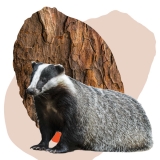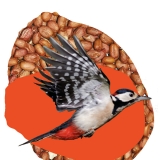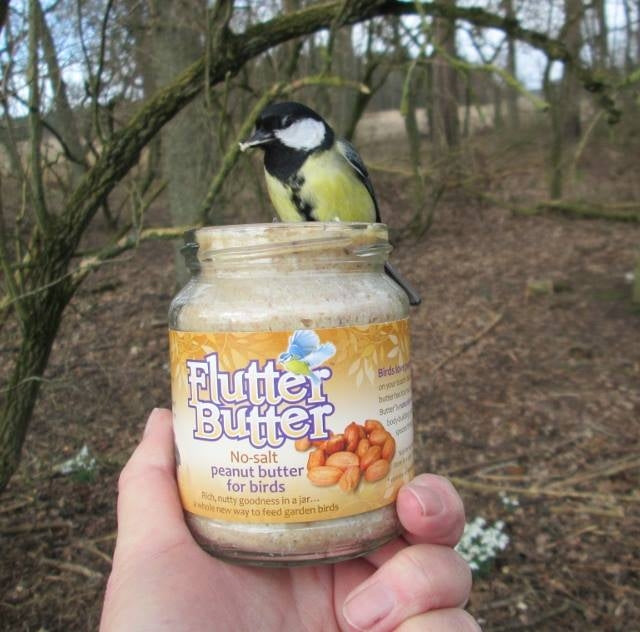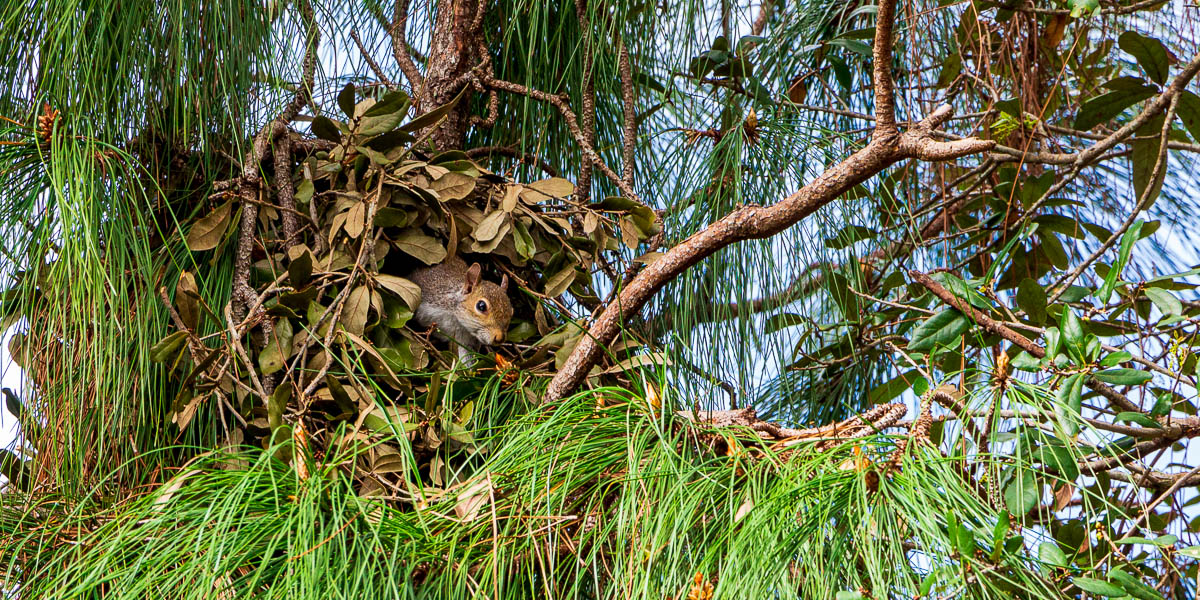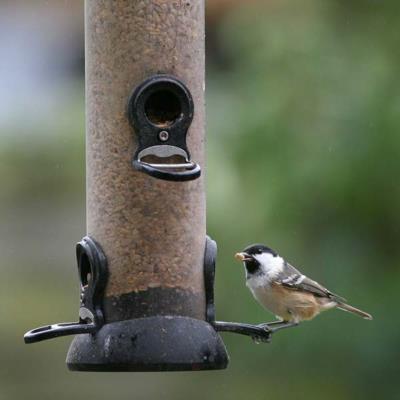Explore Our Garden Wildlife Blog
Browse or search by Category or Keyword below, alternatively click on any Tag to see related articles.
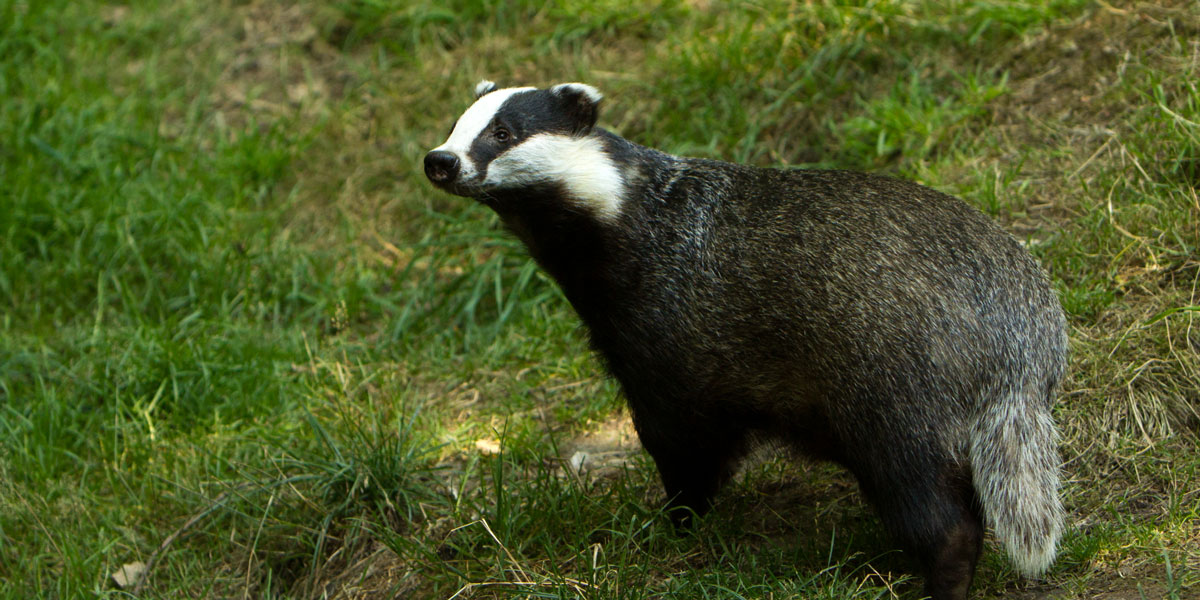

Badger Habitat, Identification, Diet & Other Facts
By Ark Wildlife
1st September 2022
Last Updated: 29th September 2022
Badger identification – what do badgers look like?
The European badger belongs to the weasel family which includes the otter, stoat, polecat, ferret and pine marten. It is indigenous to most of Europe, however it is particularly abundant in Britain and Ireland, with the largest population density found within southern England. Badgers are normally easily identifiable by their distinct black and white striped head and greyish fur, however some may be albino (white), melanistic (black) or erythristic (ginger). They have a small heads, small eyes, a thick short neck and a long wedge shaped body with a short tail. The average adult length from head to tail is 750mm (30in).
It is often difficult to distinguish between the males (boars) and females (sows) – generally the males tend to be slightly larger with a potentially longer, thinner and whiter tail.
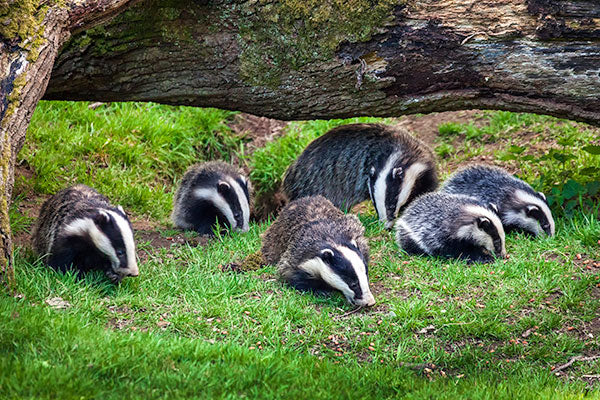

How big is a badger?
A badger in the UK is around 90cm in length and 10–12kg. They are stocky creatures with a gentle waddle, but also very powerful — the biggest land predator in the UK!
Badger reproduction
Reproduction in badgers involves a phenomenon called “delayed implantation”. Badgers mate at any time of the year but the embryo does not implant into the womb and start growing until the winter. This means that all cubs are born at the same time of year – mostly from January to March. Litter sizes can range from one to five although two or three cubs are most common. The new-born badger cubs are covered in grey silky hairs and usually the facial stripes are already visible. Weighing between 75-130g, their eyes remain closed for about 5 weeks. Feeding on their mother’s milk, they remain within the sett until they are at least eight and sometimes nine or ten weeks old. Almost all badger cubs will be weaned by the beginning of July although they may continue to be dependent on, and sometimes accompany their mother whilst foraging, for some time.
When do badgers mate?
In the UK, badgers mate at any time of year, but only have one litter a year, with one to five cubs per litter. Often, mating occurs outside the sett entrance, or close to the sett, from early spring to late summer.
Badgers are monogamous creatures; the boars mate for life (the sows have been known to mate with more than one boar).
What is the current badger population?
The current badger population in the UK is around 250,000-400,000 individual badgers. In fact, the UK has around a quarter of the global population of the species, so we have a huge responsibility to look after our beloved badger population. Badgers once roamed around with arctic foxes, brown bears and wolves in the UK — the earliest traces of badgers have been dated back to three quarters to half a million years ago!
The badger’s habitat
Badgers live in setts, collections of underground tunnels that they dig using their strong claws. Setts usually consist of a network of interconnected tunnels and chambers, often where there is a mixture of woodland and open country.
Setts are typically excavated in soil that is well drained and easy to dig. The biggest setts can accommodate around 15 badgers, but groups of around 23 of these sociable animals have been seen living in the same community. Usually, however, groups number around five or six individuals.
Several categories of setts have been identified in the UK. Every badger group has one main sett, which is occupied continuously and is used for breeding purposes. Other types of setts are annex and subsidiary – they are normally close to the main sett, but not necessarily in use all the time. Outlying setts are rarely used and are often taken over by foxes and even rabbits.
In Britain, badgers occupy a large range of habitat types and they are often found in woods and copses, scrubs, hedgerows, quarries, moorland, open fields and even on housing estates! A badger’s food supply is undoubtedly one of the most important factors influencing habitat selection. Population density and territory size are all influenced mainly by food availability, with an abundance of earthworms being particularly important.
Another important consideration when badgers choose sett locations is the amount of shelter on offer. If there is sufficient cover available, they can live in towns and cities, coming out at night to forage for food.
Badgers in our gardens
Badgers are creatures of habit, living in a social group (or family) which occupies a territory. This territory may include your garden and depending on where you live could include many neighbouring gardens and other sites, or surrounding fields and woods if you live in the country. Badgers are one of the best liked British mammals. Watching them in your garden foraging for food, can give great pleasure and be educational for younger members of the family. The badgers will also naturally remove some harmful creatures which may otherwise damage your vegetables, fruits or flowers.
How to identify a badger sett
There are a few things to look out for when trying to spot a badger sett. Firstly, badgers prefer to build their setts on slopes, as this helps with the drainage. The entrance to the sett will be built in a ‘D’ shape, instead of being circular. This is a helpful way to tell the difference between rabbit burrows and badger setts, as rabbit burrow entrances are usually round and become narrower in width.
Whilst digging a sett, badgers will create mounds of soil around the entrances. If these heaps of soil look fresh, then you may have spotted an active badger sett. It’s also common for there to be bedding materials, such as grass, around the entrance of an active badger sett.
What do badgers eat?
You can supplement your local badgers’ diet with Ark badger food. But being omnivorous, they will eat almost anything in the wild! In times when food is in short supply, badgers can raid dustbins for scraps and leftovers. Badgers like to eat:
- Earthworms (they can eat hundreds a night — worms make up 80% of their diet!)
- Fruits dropped from trees — apples, plums, pears
- Crops like wheat and sweetcorn
- Nuts, seeds, acorns
- Berries, like elderberries and blackberries
- Insects such as slugs
- Bulbs
- Frogs
- Mice
- Birds
- Eggs
- Lizards
- Animal carcasses and carrion
What colour are badgers?
Most badgers have distinctive black and white faces with grey fur on their bodies. However, there are other forms of colour pigmentation within the badger population. For example, an erythristic badger has gingery/sandy hair on the back and sides, whilst its underbelly can be red.
Another example is the melanistic badgers. These badgers are very rare, featuring pigmentation that causes the fur and eyes to be mainly black.
How long do badgers live for?
Badgers usually live for around five to eight years on average, however, they can live for up to 14 years.
How can you help badgers?
Providing supplementary food, in limited amounts, can be beneficial to badgers. This food helps to increase the chance of cubs surviving in hot, dry summers and also help all badgers during long cold, frosty periods – when natural food is in short supply. Care must be taken to avoid the badgers becoming dependent on handouts – small regular quantities of badger food can dissuade the badgers from causing damage to fruit and vegetable crops whilst not encouraging the social group to become larger than the territory would naturally support. It is also not advisable to provide food if it encourages badgers to cross a busy road.
Badgers are afraid of humans as we are their only real predator. With their excellent sense of smell and hearing, once they have detected the presence of humans they generally disappear. However it is definitely not recommended to approach an injured or trapped badger as with most wild animals they may attack if they feel threatened or vulnerable. Under these circumstances it is recommended to leave the badger alone and seek assistance from your local badger conservation group or the RSPCA.
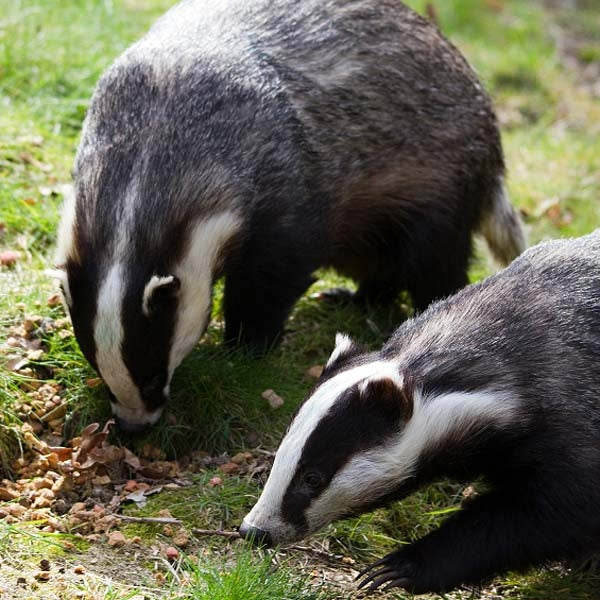

Related Internet Link:
The Badger Trust
The RSPCA’s guide to helping badgers
Ark Wildlife is not responsible for the content of external websites






